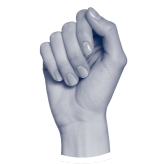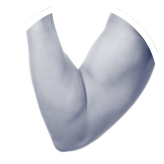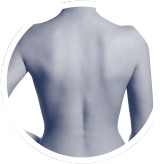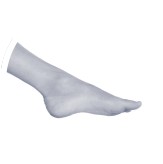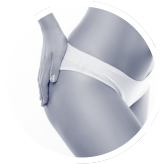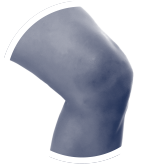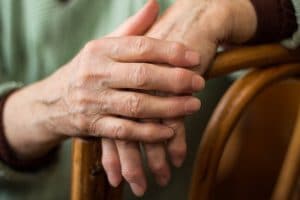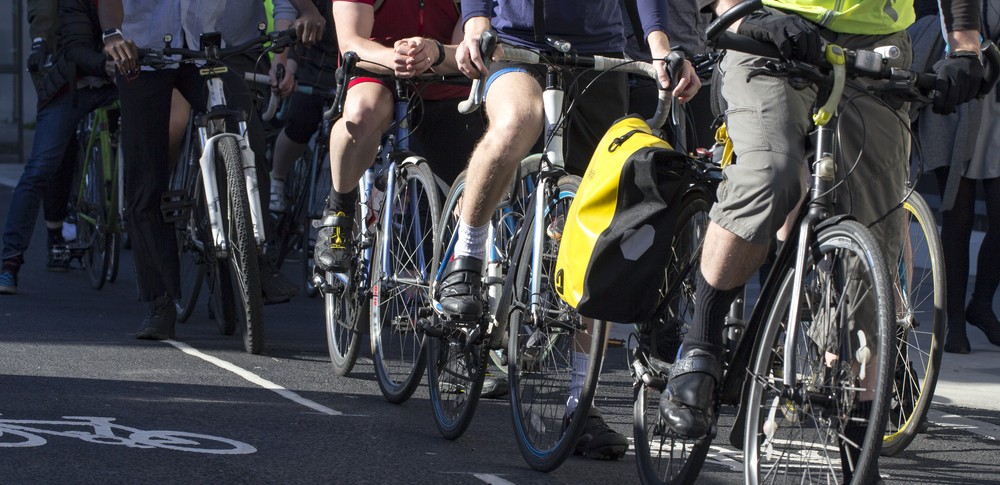
Cycling is a great way to get some exercise and over three million people cycling weekly in the UK. 610,000 people are cycling every day in London alone. Cycling’s popularity is down to its combination of exercise, cheapness and increased funding to the cycle network. While cycling is great for low-impact exercise, there is a chance that you could self-inflict an injury. This is especially problematic for knee injuries if certain precautions aren’t adhered to.
Overexertion
We see an increase of injuries related to overexertion post New Year’s Day. People who want to get fit as a part of their resolutions. But many try to do too much too soon, which results in injury. This is the same with knee injuries.
Overexertion on the knee can damage our tissues, such as cartilage, ligaments, tendons and muscles. This is particularly true if you are starting a new fitness regime and aiming to forgo a sedentary lifestyle.
But even a person with active lifestyle cyclists can become injured. Changing your cycling routine can even throw the most experienced riders. Altering from long and steady rides to short and intense rides can cause injury if done without allowing for a gradual change.
By allowing our bodies time to adapt, it gives our tissues time to adapt and strengthen to handle the increased strain.
Your Body
Previous injuries may cause further injuries if certain precautions from your doctor are not followed. Injuries that have resulted in the distorted alignment of the lower limbs may cause extra pressure to joints, especially in the knee.
However, certain body shapes, such as those with longer legs, may add additional pressures to the knee which may increase the risk of injury. This can be further exasperated through a poor bike setup.
Your Bike
Having a bike that is incorrectly set up or incorrect for your size is setting you up for failing and injury. Having a bike with a saddle that is is too low or high will focus pressure on muscles on either the thigh or calf. With the right saddle, the pressure on both calf and the thigh are evenly spread, reducing the injury for both and long-term knee injuries. When purchasing your bike, the sales assistant should be able to measure you to ensure you get the correct bike.
It is also important that you get the right bike for the type terrain you will be riding in. If you will be sticking to roads, for commutes etc., a road bike is ideal. Road bikes usually have skinny tires to give enough grip without slowing you down along with curly handlebars to give a riding position. This improves aerodynamics for more speed and comfort.
For off-road biking, such as cycling in fields or through forests, then a mountain bike is preferable. Mountain bikes have suspension to handle bumpy roads, wide tyres for extra grip and are stronger to handle bumpy terrain. However, won’t be as fast on the road.
By choosing the correct bike for your terrain you can be sure that your joints will not be absorbing harsh impacts or that your muscles won’t be working in overdrive.
Preventing Knee Injuries
Without sounding like some public service announcement, a prevention is always better than a cure. To prevent knee injuries would recommend:
- Warm up before riding (if it’s a particularly intense ride or for a long duration, you should ensure that the length of the warm up reflects this).
- If you already have a knee injury or legs injury, try not to exasperate it further by adding pressure and strain to the injury. Wait until it has fully healed and start off with a low-intensity ride before increasing.
- Choose the correct type of bike for the terrain you are riding on and ensure that it is set up properly to accommodate your body.
And finally, to prevent accidental injury to the knee, always ensure that you wear the correct safety equipment – including helmet, shoulder and knee pads.
Follow London Bridge Orthopaedics on Facebook, Twitter and LinkedIn for more orthopaedic news.


